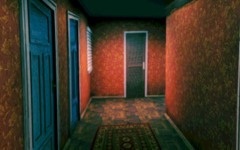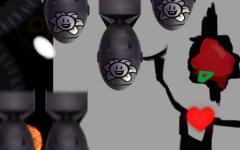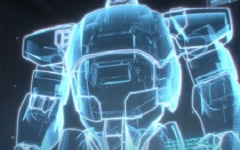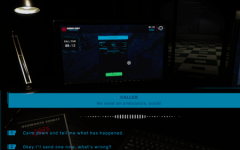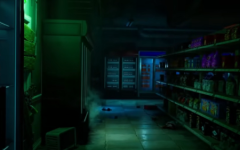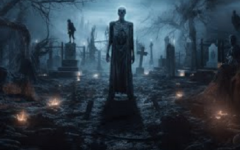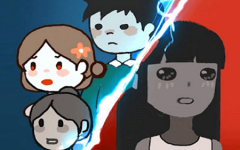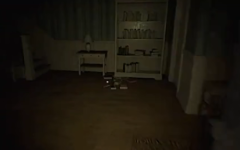Advertisement
Shift At Midnight
Advertisement
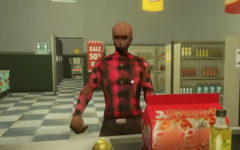
In Shift At Midnight the player takes on the role of a night store clerk working a solo shift in an otherwise quiet location. At first, everything seems standard: the shelves are stocked, the lights stay steady, and customers begin to arrive as expected. The job appears simple—serve the visitors, keep the store in order, and make it through the hours until morning. But small, almost unnoticeable patterns begin to emerge. Certain faces show up more than once, some customers respond with silence, and familiar routines slowly break apart, creating a feeling that something is working behind the scenes.
Facing The Unknown Through Routine
Rather than giving direct objectives, the game lets the player figure out the rules through repetition. As new customers enter, the player must decide what feels right and what does not. There are no clear signals. Each visitor must be observed, spoken to, or inspected. The gameplay builds on the idea that danger hides in normal actions. The player can choose to act preemptively—locking doors, watching reactions, or taking shelter when something no longer fits. Every decision, even hesitation, may affect what happens next.
- Check identification or documents presented
- Monitor for repeated behaviors or duplicate faces
- Lock windows and doors to block unwanted entry
- Use hiding spots if a situation escalates
- Stay active and avoid staying in one place too long
Unfolding Events And Environmental Details
As the shift continues, the store itself begins to feel unfamiliar even though nothing major changes. A door might be open that was closed earlier. A shelf may be empty despite restocking it minutes ago. Lights flicker not because of a storm, but for reasons left unclear. The space is small, but the feeling of control weakens over time. These changes are subtle but force the player to question their surroundings. It becomes harder to know whether what’s happening is part of the routine or something else entirely.
Outcomes Based On Observation
The ending of the shift depends on how the player handles these changes. There is no guide to follow or path marked out. The game records how the player responds—whether they act too late, overreact, or learn to balance caution with action. One player might avoid all danger and survive. Another might trust the wrong customer and lose everything. Each run plays out differently, not because the rules change, but because the player interprets signs based on what they remember.
One Setting, Many Results
Shift At Midnight takes place in a single location, but what unfolds depends entirely on the person behind the counter. The tension does not come from what jumps out, but from what repeats in slightly different ways. The game becomes a test of pattern recognition and emotional timing. Players are asked to read moments carefully, act with limited tools, and stay calm as the familiar becomes uncertain. By the end of the shift, it becomes clear that the challenge was never about the customers alone, but about how well the player could trust their own perception.






















































































































